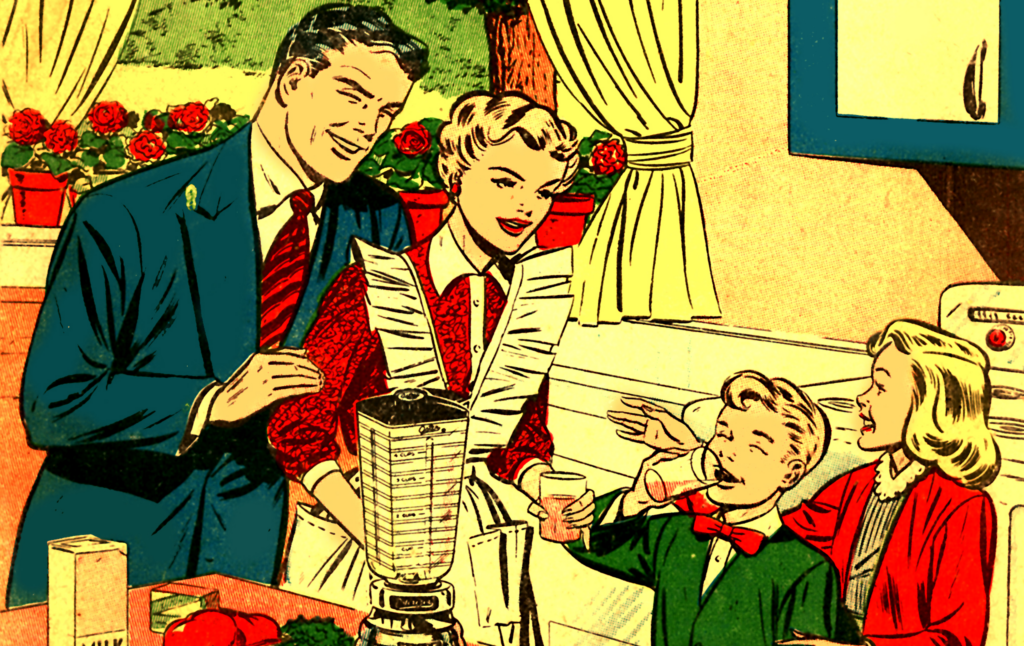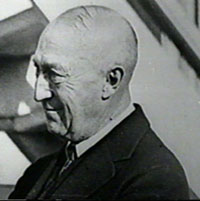5fish
Well-Known Member
- Joined
- Jul 28, 2019
- Messages
- 14,788
- Reaction score
- 5,466
Capitalism destroyed the extended family in the West and gave us the nuclear family which is as unstable as Capitalism that forced it upon us. Yes, it was capitalism that drove our societies in the West into nuclear family units. As we lost the extended family support and moved to nuclear families worked while the mom stayed mom so the kids had loving adults around after school. Now, both parents work the extended family is gone and the kids come home to an empty home. Intuitively, we know that is wrong but today's capitalism demands both parents to work and the children be left on their own.
The unstable nuclear family is behind many ills of society. In the days, of extended multi-generational families the kids knew they had many loving adults to help in their times of need. The parents of the children had support in helping raise the kids easing the stress in their lives. Capitalism has forced the end of the family...
This article is wild...

 c-sage.medium.com
c-sage.medium.com
The nuclear family exists as the primary capitalistic family structure. It represents the “core” family, the mother and father, and their children. It does not place emphasis on family outside of this, especially non-blood related families, but rather pushes all aspects of the family into a single household. This originated in 13th century England when “rather than remaining in or marrying into the family home, as was the case in Southern Europe and many parts of Asia and the Middle East, young couples in England were expected to establish their own household” (Institute). This unit has not done well for us. As David Brooks puts it “For those who are not privileged, the era of the isolated nuclear family has been a catastrophe. It’s led to broken families or no families; to merry-go-round families that leave children traumatized and isolated; to senior citizens dying alone in a room. All forms of inequality are cruel, but family inequality may be the cruelest”. This paper seeks to point out that cruelty, along with the ways that it is perpetuated in media, and the ways that creators can work to create a more community-based society.
Should the family go...

 www.currentaffairs.org
www.currentaffairs.org
The social psychologist Erich Fromm wrote in his 1956 book The Art of Loving that “In the United States … to a vast extent, people are in search of ‘romantic love,’ of the personal experience of love that should lead to marriage.” But, according to Fromm, capitalist societies had commodified human relations, particularly the search for spouses, to the detriment of humans. He wrote about the marriage “market” of his time, in which people looked for the best “deal” of “personality packages.” We now have online dating, which ultimately turns dating into a market (you must pay for access to that market) where people and their profiles are like items on a menu to choose from. For Fromm, love was a way of being, an orientation, not primarily an attachment to another person or the possession of a certain status (a marriage and family). And yet, he argued, we spend so much time searching for someone to love rather than cultivating the art of loving as a practice involving “the active concern for the life and the growth of that which we love.”
To critique the family, then, is to level a critique of the conditions of a capitalist society that makes the nuclear family our main source of support and survival and that uses the family as a weapon to discipline or stigmatize those that don’t comply with traditional family structures or norms around gender and sexuality. In this sense, the family is, in O’Brien’s words, an “obstacle to human freedom.” The family must be abolished, which means a “breaking open of the family to free and unleash what’s good in it and to generalize that into the social body as a whole. To make the necessary forms of care available to everyone unconditionally.”
The unstable nuclear family is behind many ills of society. In the days, of extended multi-generational families the kids knew they had many loving adults to help in their times of need. The parents of the children had support in helping raise the kids easing the stress in their lives. Capitalism has forced the end of the family...
This article is wild...

Abolish the Family, Build our Communities: Why the Nuclear Family is Unsustainable and How to…
Introduction
The nuclear family exists as the primary capitalistic family structure. It represents the “core” family, the mother and father, and their children. It does not place emphasis on family outside of this, especially non-blood related families, but rather pushes all aspects of the family into a single household. This originated in 13th century England when “rather than remaining in or marrying into the family home, as was the case in Southern Europe and many parts of Asia and the Middle East, young couples in England were expected to establish their own household” (Institute). This unit has not done well for us. As David Brooks puts it “For those who are not privileged, the era of the isolated nuclear family has been a catastrophe. It’s led to broken families or no families; to merry-go-round families that leave children traumatized and isolated; to senior citizens dying alone in a room. All forms of inequality are cruel, but family inequality may be the cruelest”. This paper seeks to point out that cruelty, along with the ways that it is perpetuated in media, and the ways that creators can work to create a more community-based society.
Should the family go...

Why We Should Abolish the Family
The family is a conservative project that limits human flourishing. The family must be abolished.
The social psychologist Erich Fromm wrote in his 1956 book The Art of Loving that “In the United States … to a vast extent, people are in search of ‘romantic love,’ of the personal experience of love that should lead to marriage.” But, according to Fromm, capitalist societies had commodified human relations, particularly the search for spouses, to the detriment of humans. He wrote about the marriage “market” of his time, in which people looked for the best “deal” of “personality packages.” We now have online dating, which ultimately turns dating into a market (you must pay for access to that market) where people and their profiles are like items on a menu to choose from. For Fromm, love was a way of being, an orientation, not primarily an attachment to another person or the possession of a certain status (a marriage and family). And yet, he argued, we spend so much time searching for someone to love rather than cultivating the art of loving as a practice involving “the active concern for the life and the growth of that which we love.”
To critique the family, then, is to level a critique of the conditions of a capitalist society that makes the nuclear family our main source of support and survival and that uses the family as a weapon to discipline or stigmatize those that don’t comply with traditional family structures or norms around gender and sexuality. In this sense, the family is, in O’Brien’s words, an “obstacle to human freedom.” The family must be abolished, which means a “breaking open of the family to free and unleash what’s good in it and to generalize that into the social body as a whole. To make the necessary forms of care available to everyone unconditionally.”
Last edited:





:max_bytes(150000):strip_icc()/mortgage_rates-5c828e8fc9e77c0001422ef1.jpg)



